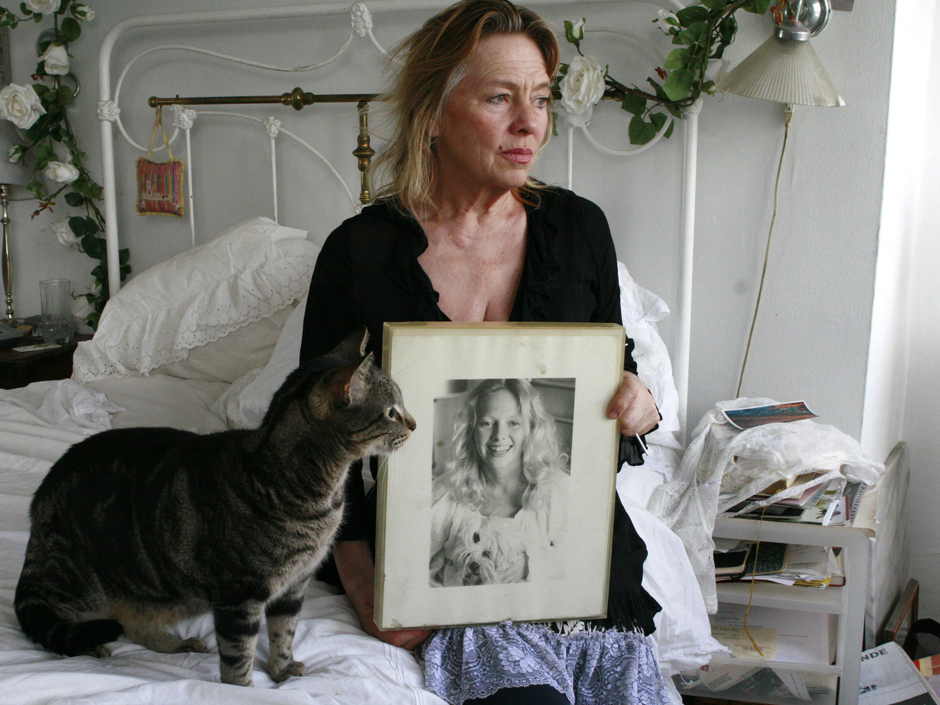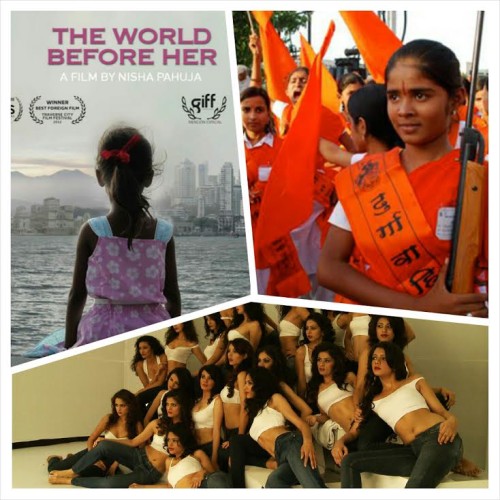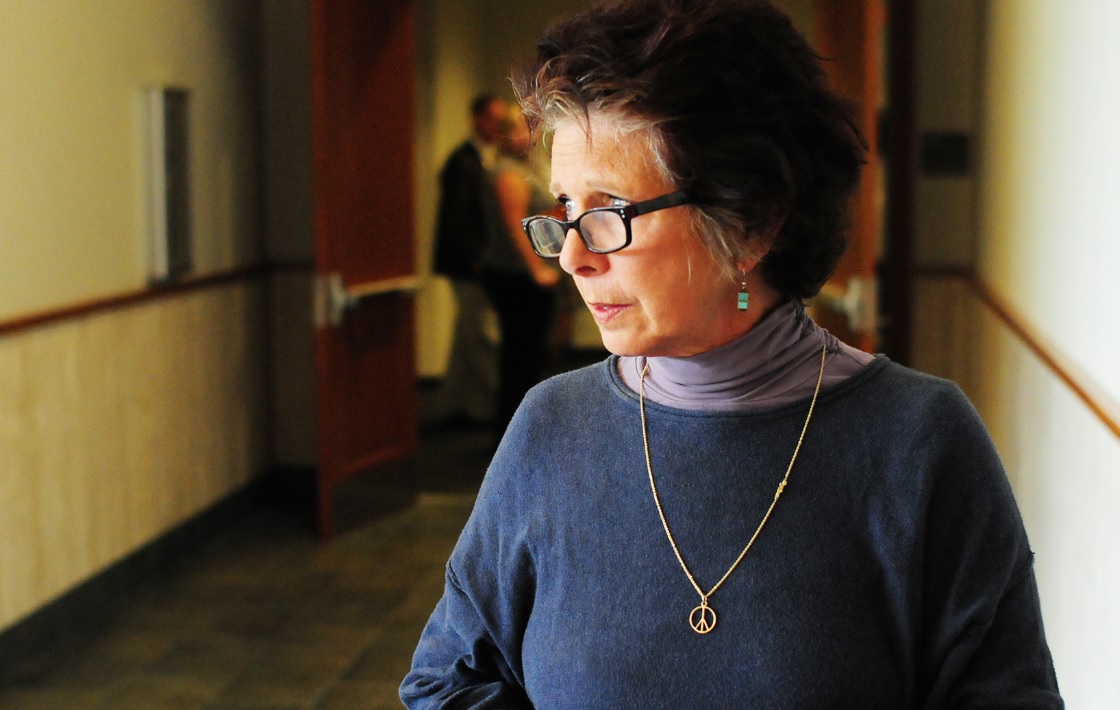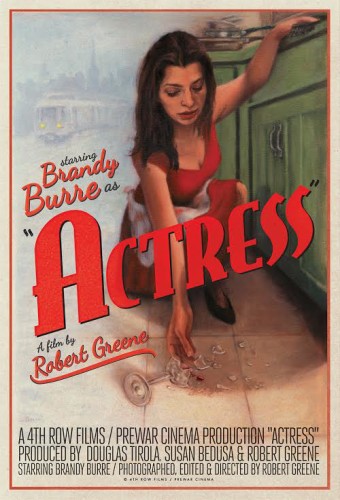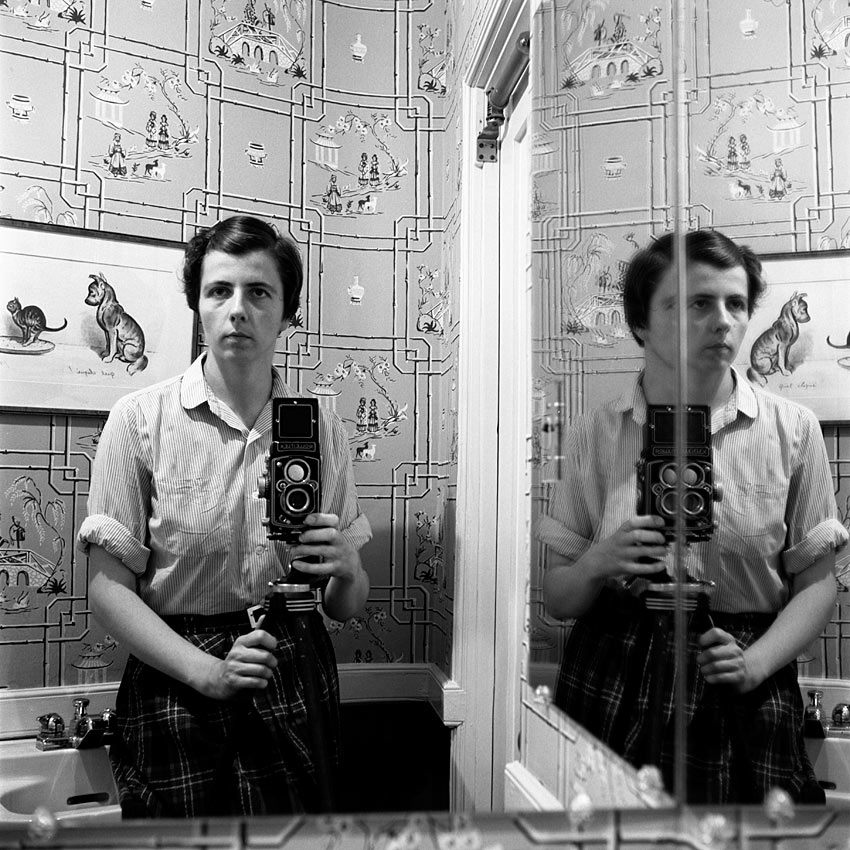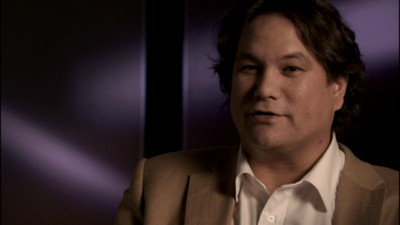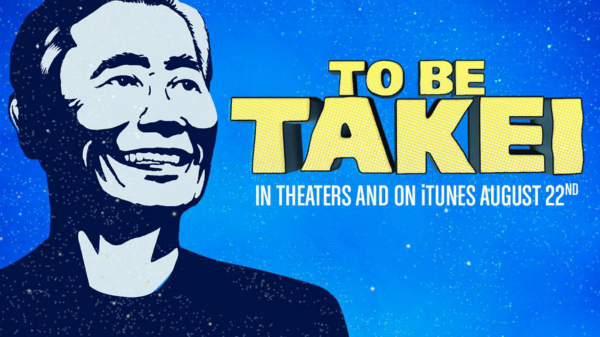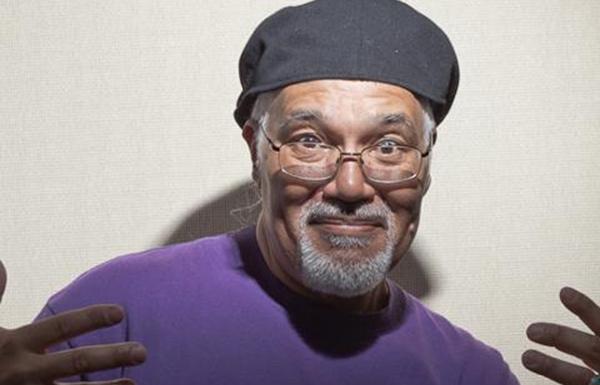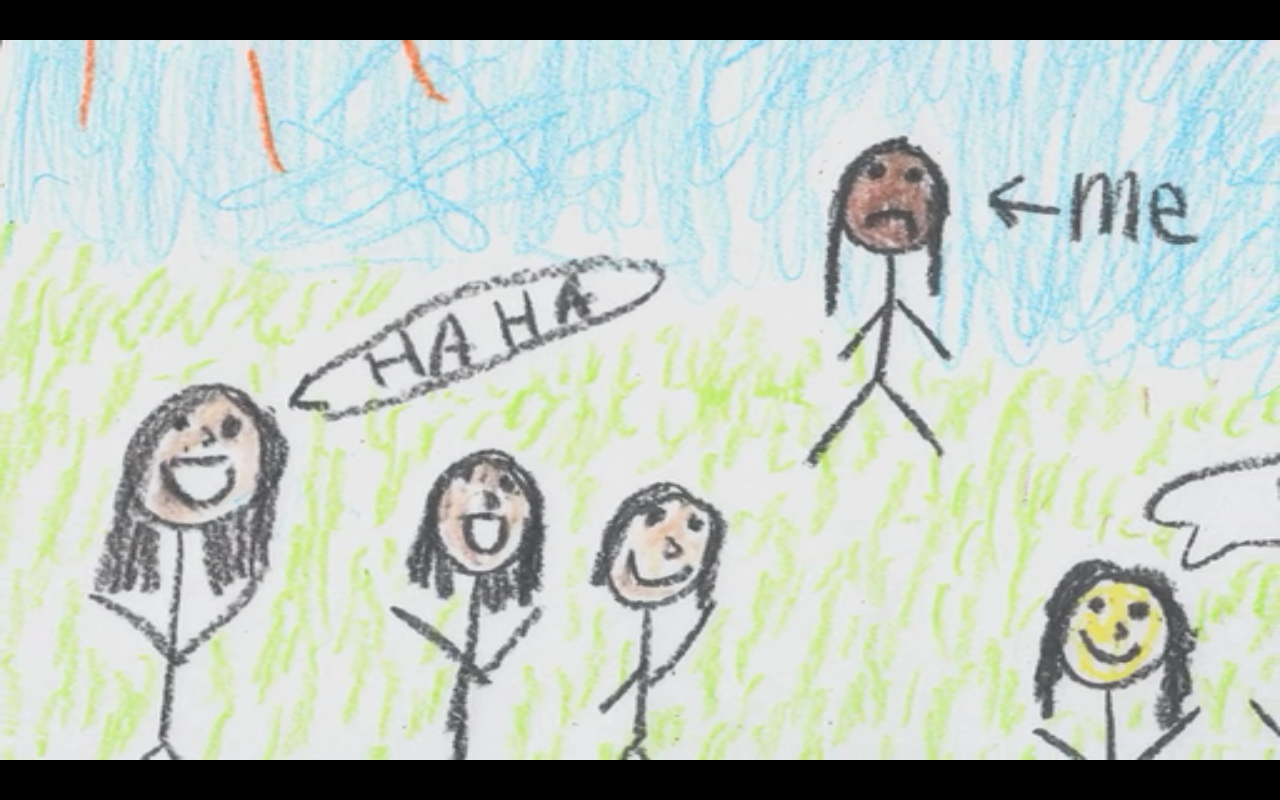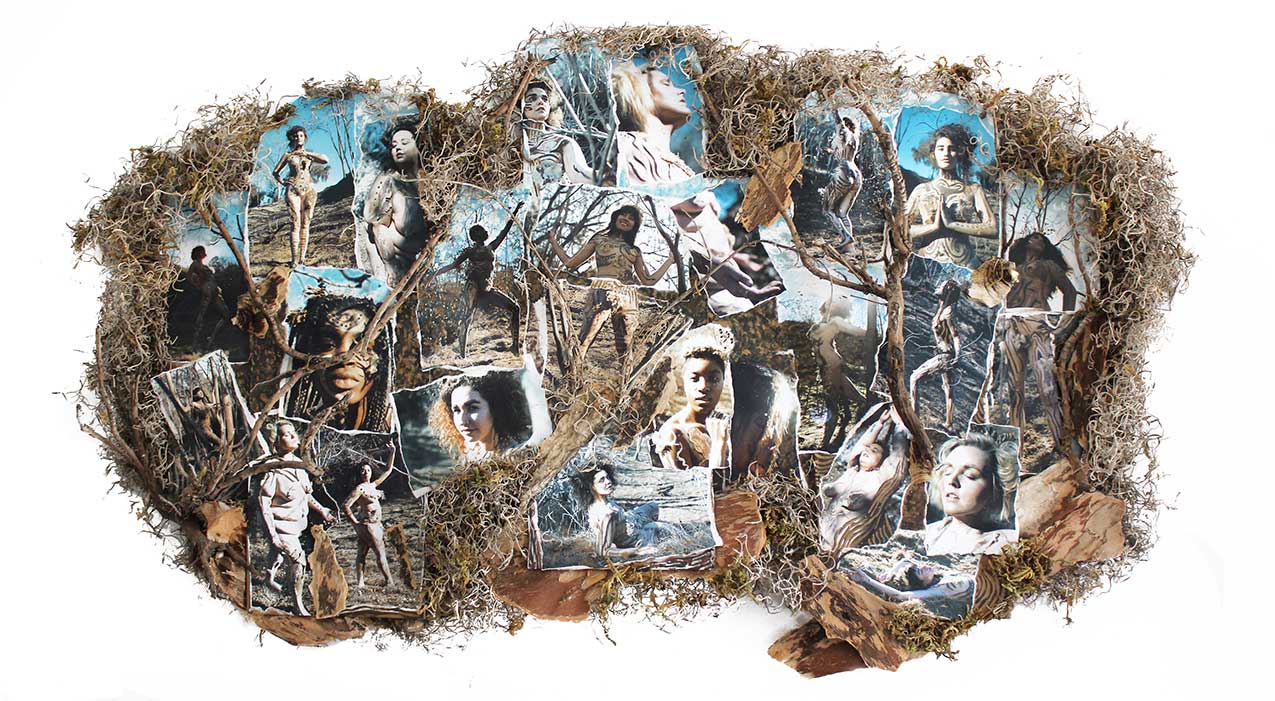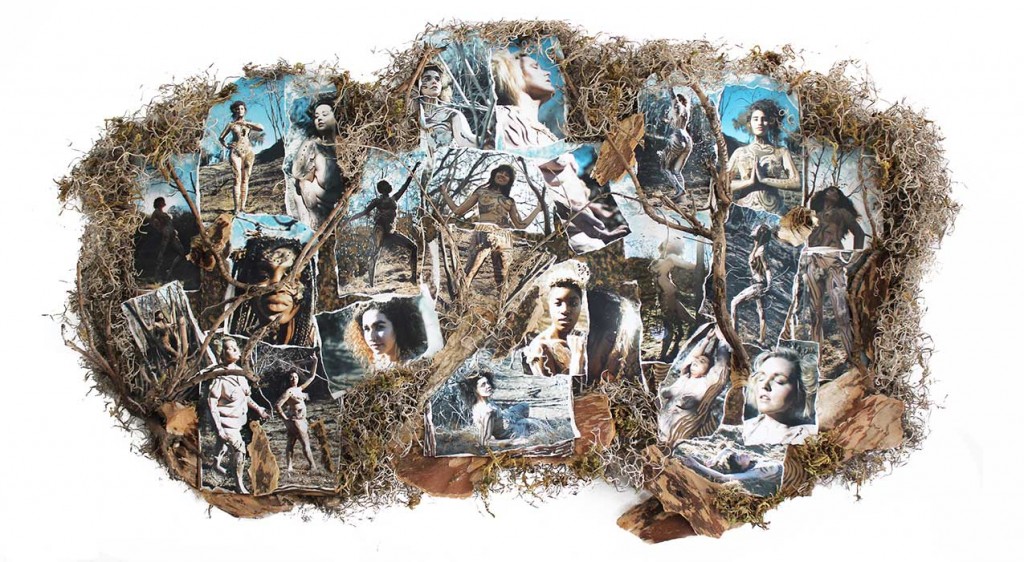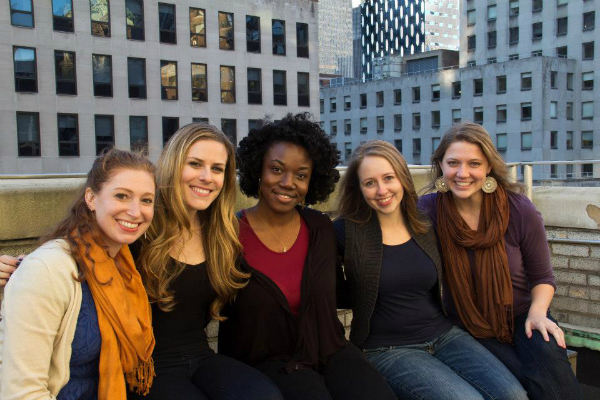
In her Central Park West apartment, Agneta Eckemyr lives in a wonderland of knick knacks, of lace and faded photos and rose appliqués. Her artfully shabby chic wrought iron bed, mammoth and cloud-like, is crowned with embroidered pillows; she lounges with one that says, “And They Lived Happily Ever After.” She picks up another, “The Queen Reigns Here” and sighs, it’s no longer true.
Once upon a time, she was beautiful. Impossibly so.
Back in the 70s, Swedish born Agneta, subject of Johanna St Michaels’s documentary Penthouse North, which makes its New York premiere this month at DOC NYC, was a model turned actress turned would-be screenwriter and prodigiously skilled fashion designer and interior decorator. She lived in one of Manhattan’s best apartments, a steal thanks to rent control, and held glamourous parties with rock stars and the New York glitterati. She was a social magnet, charming and vibrant with a revolving door policy in her home and a sense of humour about herself. She designed clothes for people like Julia Roberts and Grace Jones, covered Playboy and Cosmopolitan, was considered for a Bond-girl role and was generally pleased with her place in the world. For most of her life she had succeeded at using her beauty as currency, even the ads for her clothes show her beautiful face.
The question Penthouse North ruminates on, but offers little in the way of answers for, is what Agneta can be without that beautiful face, that beautiful body that once were her everything. The documentary began as an attempt to explore the impacts of beauty on the aging process, but Agneta’s real life tragedies intervened and made the story much more substantial.
As the film begins, Agneta is in her 60s. She can’t pay her seamstress and her dresses aren’t selling. Her landlord threatens eviction after discovering she has been subletting to multiple roommates to pay the rent and if evicted, she matter-of-factly states, she plans to kill herself. She has no income and the homeless shelter and the food bank, worlds away from her penthouse, look like they will be part of her near future. Much worse is the fact that she has been forgetting things and repeating herself. In the film, she is told she has high blood pressure and advised not to eat sugar, though she ignores this. Text at its end informs us that she has been diagnosed with Alzheimer’s since the film was shot.
As she faces a legal battle, a friend tells her: “You have to be real now, you can’t live in fantasy.” But Agneta continually refuses.
She will give up in a fight and leave the room before facing anything harsh. She will tell people she can’t deal with hardships right, that she’s not in the mood and break down in tears. She is sure someone or something will come along to save her. Even as she signs up for welfare, she is talking about the films she was in, her relationships with Ringo Starr and the like. In the words of someone’s over-anxious mother, she continues to make a spectacle of herself.

Penthouse North becomes increasingly uncomfortable to watch as she falls apart. Often it feels as if we are eavesdropping on the hardest points in Agneta’s life. The question of exploitation is raised when it becomes clear that Agneta is not in her right mind. I am left wondering if she could properly consent to having such personal aspects of her life filmed.
Just as the filmmakers were, we as viewers are lulled into a sense of security. From the film’s opening with all its lovingly framed shots of the Penthouse North apartment, a place that looks ripped from a magazine, we’re sure this will be only a light-hearted character piece. A study of a deluded woman living in luxury, that we don’t have to think much about, except every once in a while to “ooh” and “ahh” over her pretty things. But it’s impossible to pretend Agneta is not a real person; her story is stranger than fiction. As one of her friends, frustrated over the way she fascinates people, makes clear, people have a tendency to romanticize her life, to see her as a tragic figure. Instead, she’s a sick woman who needs help instead of enamored style bloggers.
Still, even in the aborted screenplay she wrote about her glamourous life back when she was living it, it’s clear that this life was far from stable. Agneta had always struggled to pay rent even at a fraction of its true worth. Back then, she was unable to sell the screenplay because all the directors and producers she encountered only wanted to have sex with her.
Agneta says she has felt exploited her whole life, that everyone has taken more from her than they provided. Men used her for sex, and did things like invite her to dinners where they masturbated under the table and it didn’t occur to her to say anything, to do anything but act the naïve, polite schoolgirl who thanks them for the invitation. After all this time she feels she wasted her energy in relationships making beautiful tableaus of the best food and flowers and giving great sex but always being left anyway. Even now, people are constantly taking advantage of her, like the squatter who refuses to leave and screams at her all day.
Like Madame Butterfly waiting for a man everyone knows plans never to return to her, Agneta refuses to believe that things will not just magically get better. She wishes she’d gone back to Sweden, that she’d accepted the proposals of rich gentlemen and left her apartment. In the end, she seems imprisoned in this home she is on the verge of losing, it is the only place where she can feel safe and in control. Yet, it is a curse that has kept her from living a real life among the mortals.

Agneta talks a lot about the character of “the bimbo,” who she has played for most of her life and all of her career. She says she learned being a bimbo was currency in America and does her impression of one, puffing out her chest and speaking in an exaggerated Swedish milkmaid accent. Here is the conflict in her life, she has become the bimbo to survive, dressed up in her clothes and seen her in the mirror and eventually believed that was all there was of worth to her. And it was fun, it was lucrative and exciting, but it stops working. You have to be young.
Because all she was given were “bubbly bimbo” parts in films, her decision to write a screenplay was an attempt to take control, to write parts for herself with a range of emotions and write her own stories, to no longer be a one-dimensional character in others’. In clips from her old films and magazine covers, she is mostly naked and supplicant, always smiling and asking for me.
But this was never enough. Agneta wanted to bare her soul as well as her body. In this era where women are criticized for looking ugly when they cry, her desire to be allowed to be sad, to contort her face in a way besides eager-to-please smiles, is very relatable.

At some points, you just want to shake her out of it, tell her she’s incredibly talented in other ways. That she could always be a decorator if all else fails. It’s tragic that Agneta can’t see this. Her beautiful apartment becomes her self, by making it beautiful and admired, she can be too. Even the beautiful clothes she creates, the kind of floaty white dresses a generation of girls in love with The Virgin Suicides would kill themselves for, are attempts to feel beautiful herself.
At one point, the filmmakers arrange for Agneta to encounter her young self by hiring young actresses to act out her script. It is surreal to see her dress the girls playing her and size them up. In one scene, she looks on, jealous of the girl playing her young self, who is being praised for her beautiful eyes. She is framed in the same shot as the girl, looking over her shoulder, like a specter, the Ghost of Christmas Yet to Come.
She conflates herself and the fictionalized version of herself from her script, saying “I” and then correcting herself. When talking about the script, she describes her character as strong, but emotionally fragile.
In one scene, her friend tells her she does not need to try to sexy anymore, to pout and show off her cleavage. She can go for dignified beauty instead. In his view, the aging woman trying to be young is a grotesque.
But this cuts her off from actualization, suggests she should stop trying to be attractive because she has gotten older. This view says, if you’re not attractive anymore no one wants to see you or your body. You dressing the way you want to now offends us. Beautiful women are allowed to age if they become classic, boast taunt leather skin and an air of health, and dress in heathered sweaters and tweed slacks, buoyed by accumulated wealth and patrician voices. Not if they continue to try to dress, to live, like they’re still the fairy princesses that they’ve always been.

It raises the question of whether there is an age appropriate way of dress and why. Are there clothes an older woman isn’t allowed to wear, or decor she’s not allowed to love? Why is it that our culture is so quick to look at a woman like Agneta as a pathetic, inhuman creature? But as for Agneta herself, its unclear, whether she dressing this way because she thinks looking sexy is the only way to be worthwhile or because its how she wants to dress, what she wants to show of her body?
Early on, Agneta gets a massage and her soft, older woman’s body is on display. The film is riveted by her flesh, the spots and wrinkles, the uncontrolled movements of her neck, and her uneven cleavage. There are frequent extreme close-ups of her body, her face, her breasts, so tightly framed that we can see the pores, the hair and lines, the permanent purse of her mouth that mark her as an aging woman.
Is this view of her exploitative? Are we meant to feel sorry for her just from the sight of her flabby skin? Agneta certainly feels this way, obsessed as she is with reclaiming her youth. While being filmed, she is constantly asking if this make-up or that hairstyle will make her look younger, asking to sit in more flattering light (shades of Blanche DuBois in that) and taking breaks to freshen up her lipstick.
It’s important to note that this film was made by a female director and as such, is directed from a female gaze. We are meant to identify with Agneta, to think “there but for the grace of God go I,” not to shudder in repulsion at the idea that we once found her attractive. Shots pan from Agneta’s breasts to her face, but spend a lot of time focused on her eyes and the pain clearly visible within them. The camera’s eye is kind. These scenes are shot from a directorial distance, as documentary evidence, capturing but never commenting.
It is so odd to see her in the real world, waiting for the subway, struggling alone with heavy bags of groceries and facing eviction and indignity, an ordinary person’s problems, the ones we are a culture tend to think beautiful people are exempted from.
Agneta is living every woman’s worst nightmare: old, poor, alone and unsure of her looks, even losing her mind. I think maybe her story tells us about the curse that beauty can be. We’re told that beautiful people don’t have to live in the real world, that if you were born lovely to look at you can live in fairyland. Except, the truth no speaks, is that when you return to earth as everyone eventually does, you will find that 40 years have passed in one day of fairyland’s and everyone who loved you or cared about you will be lost.
This idea makes me feel guilty. I am exactly the audience for film. I read books like this (most recently the delightful Wish Her Safe At Home), I watch movies like this. I am fascinated by characters like Blanche, like Miss Havisham and real fallen beauties like Little Edie and Dare Wright. I decided to watch this film in the first place because I was drawn to the idea of a beautiful tragedy. Even the constant fairy tale references I am tempted to make here, seem like I’m trying to make things more picturesque than they are, that I’m attracted to the wrong parts of the story.
I don’t think I am at all unusual in that.

Penthouse North is hard to watch but maybe it should be. It’s an important film that touches a nerve, forces us to think about our ideas of aging, of how we treat the elderly, of how we tell stories and force people’s lives into romantic frameworks, three-act fairy tale structures.
There’s no happy ending for Agneta. She loses her apartment and moves back to Sweden to live in a retirement home and lose herself to Alzheimer’s. It’s important to remember these are the facts.
_________________________________________________________________________________
Elizabeth Kiy is a Canadian writer and journalist living in Toronto, Ontario.
